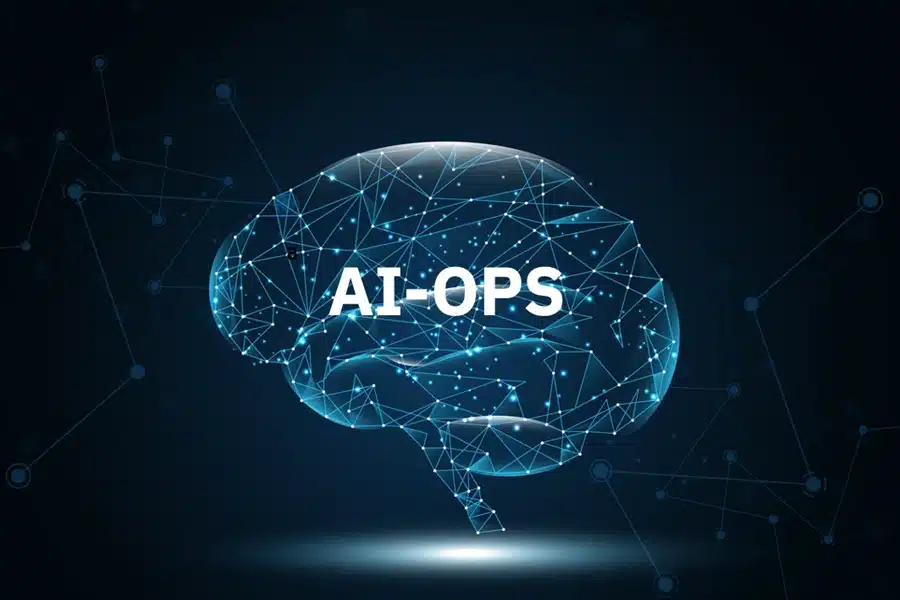Related Resources
Recent studies have shown that AI adoption in the private sector has actually increased employment instead of leading to higher layoffs. However, one important takeaway from the studies is the emphasis on AI upskilling — without the right talent, even the most cutting-edge AI strategy will stall.
AI upskilling isn't just a learning and development initiative; it's a foundational investment in your organization's future. As automation, machine learning, and data-driven decision-making reshape the business landscape, enterprises must transform their workforce into a dynamic talent engine that can drive innovation at scale.
Why AI Upskilling Is Now Mission-Critical
AI has evolved from an experimental capability to a core business enabler. From predictive maintenance in manufacturing to hyper-personalized marketing in retail, AI is now woven into every industry. And yet, a staggering number of enterprises still struggle to scale AI due to a lack of internal skills.
According to Gartner, the first barrier to successful AI adoption in the private sector is the lack of skills and AI literacy in the workforce. This proves how fundamentally important AI upskilling is for private sector organizations to stay competitive and successfully leverage this rapidly evolving technology to their advantage.
What Does AI Upskilling Involve?
AI upskilling doesn't mean turning every employee into a data scientist. Rather, it's about democratizing AI literacy across the organization, building different levels of competency that match different roles.
Here's a simplified breakdown.
1. AI Awareness
AI Awareness is the foundational level of upskilling, tailored for non-technical staff such as HR professionals, legal teams, operations managers, and marketing departments. At this stage, the goal is to cultivate a general understanding of what AI is, how it works in broad terms, and how it might impact workflows and decision-making processes.
Training at this stage typically includes topics like data privacy, algorithmic bias, and the ethical use of AI, helping employees understand both the opportunities and risks associated with AI in their day-to-day roles. This awareness empowers non-technical teams to contribute responsibly to AI adoption without fear or misinformation.
2. AI Fluency
AI Fluency is designed for mid-level and senior business leaders who are responsible for strategic planning and operational oversight. These individuals don't need to code, but they do need to understand how AI can be leveraged to solve real business problems.
This level focuses on recognizing viable AI use cases, interpreting outputs from models, and making informed decisions based on predictive insights. AI fluency helps bridge the gap between technical teams and leadership, enabling better prioritization, resource allocation, and alignment with enterprise goals.
3. AI Enablement
AI Enablement targets professionals in roles that straddle both business and technology, such as product managers, UX designers, business analysts, and customer experience leaders. These employees need to understand AI well enough to work closely with data science teams, guide AI solution design, and ensure that user needs are reflected in AI-powered features.
4. Technical Specialization
Technical Specialization is the most advanced tier and is intended for engineers, data scientists, ML researchers, and developers who build, deploy, and maintain AI models. This level requires deep knowledge of programming, data architecture, model training, MLOps (machine learning operations), and performance optimization.
Individuals in this group are responsible for selecting the right algorithms, managing large datasets, training models, and ensuring that AI systems operate efficiently and ethically at scale.
This tiered approach ensures that everyone throughout the entire organizational hierarchy has the tools and confidence to engage with AI in a meaningful way.
Building a Sustainable AI Talent Strategy
A successful AI upskilling program doesn't happen overnight. It requires alignment across leadership, HR, L&D, and technical departments. Here's how to get started:
1. Define AI Talent Needs Based on Business Goals
Start by mapping your AI goals to your talent gaps. Are you focused on automation? Personalization? Fraud detection? Each of these priorities requires a different skill mix. Create a competency framework that aligns with the use cases you want to deliver.
For example, a financial services firm aiming to use AI for credit risk modeling will need data engineers, model validators, and business analysts with AI fluency—not just more data scientists.
2. Leverage a Mix of Learning Channels
One-size-fits-all training doesn't work for AI. Use a blended approach:
- Online Learning Platforms (e.g., Coursera, edX, etc.) for flexible, self-paced content.
- Live Workshops for team-based use case development.
- On-the-Job Learning via AI sprints, pilot projects, and internal hackathons.
- Mentorship Programs that pair junior staff with AI champions.
3. Promote AI Champions and Communities
Identify early adopters and high performers to serve as ambassadors for AI. These champions help scale AI culture organically by mentoring peers, running brown-bag sessions, and helping teams spot automation opportunities in their day-to-day work.
Encourage cross-functional communities of practice where employees can discuss AI trends, share case studies, and collaborate on experiments. This helps break down silos and reinforce continuous learning.
4. Integrate Upskilling with Career Growth
People are more likely to invest in AI training if they see a clear payoff. Link AI competencies for promotions, performance reviews, and internal job mobility.
Organizations like IBM have pioneered "AI skills passports" that track employee progress and match them with AI-relevant roles across the company. This builds a future-ready workforce and reduces the risk of talent attrition.
5. Focus on Ethical and Responsible AI Training
AI literacy must go hand-in-hand with AI responsibility. Equip employees with frameworks to evaluate bias, fairness, accessibility, and accountability.
This is especially important for non-technical staff involved in AI adoption decisions. For instance, HR professionals using AI for hiring must understand how algorithmic bias can affect outcomes and how to mitigate it.
AI Upskilling is a Leadership Imperative
Like any strategic transformation, AI upskilling depends on people, and their mindset to embrace this technology. As AI becomes embedded in every process, product, and policy, the organizations that win will be those who empower their people to not just work alongside AI, but to shape it.
At Bronson.AI, we help private sector leaders take the guesswork out of AI transformation. From workforce diagnostics and training roadmaps to AI strategy and implementation, we guide organizations to become intelligent enterprises, powered not just by algorithms, but by people ready to use them.
Ready to turn your workforce into a competitive advantage? Let's build your AI talent engine.




